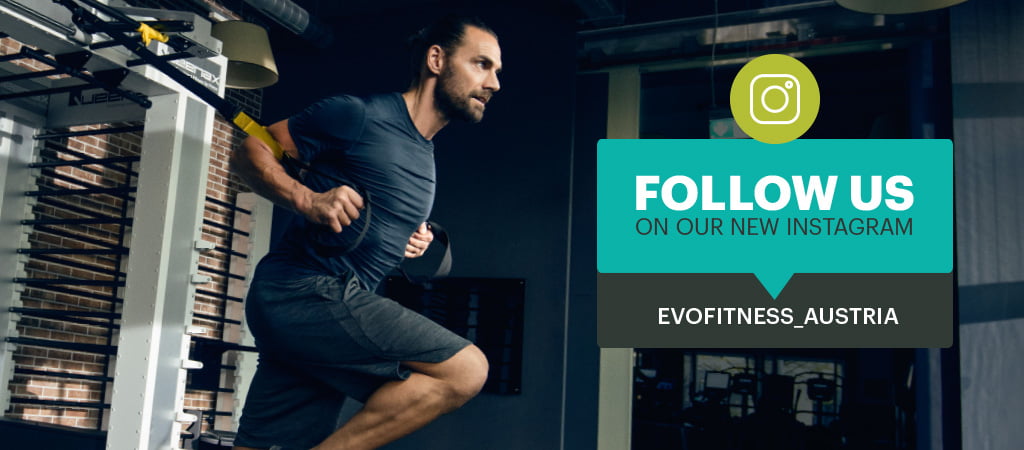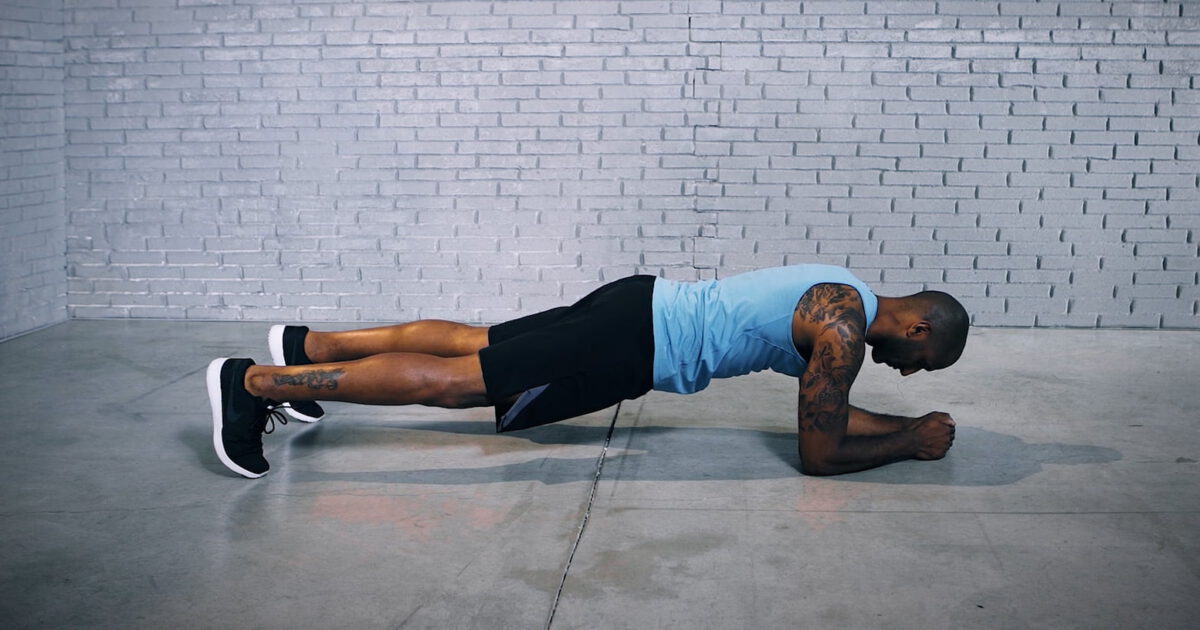It’s one of the most effective and well-known exercises in the fitness world. The effectiveness of the plank in developing static core strength and improve exercise performance helps to explain why it has become such a popular move. Here are all the things you need to know about it.
WHAT
- The plank is one of the most popular exercises to develop static core strength for increased health and performance.
- It is a foundation training drill in gymnastics and has become the go-to abdominal move for many exercisers.
HOW
- Lie on your front and lean on your elbows. The elbows should be shoulder-width apart and under the shoulders.
- Begin the movement by lifting the hips off the floor until the low back has flattened slightly – you will feel the core engage. When you get to this position, set the shoulders and hold this position.
- When you have the correct position, your body will be in a slight hollow or dish shape.
- Continue to breathe naturally, as you hold for the desired time.

WHY
- The plank is a foundational movement in gymnastics where it has the role of developing ‘shape control’. In this regards, it is often referred to as the ‘dish’ or ‘hollow’. The ability to hold this shape and consequently stabilise the core during loaded, high impact, skilled gymnastics movements is hugely beneficial not only in term of efficiency but also injury prevention.
- Into the broader fitness industry, the plank is possibly the most overused, misunderstood exercise seen today. In an attempt to appeal to the ‘fat loss generation’, it quickly became the successor to the abdominal crunch. Its performance was even modified during the 1980s/90s to include a neutral spine – a significant departure to the original, functional gymnastics movement.
- Once you have good muscular endurance to hold a plank for 30 seconds, try the following. Firstly, try the plank in the full position – that is, in a push-up position (not elbows). This quickly increases the demands on the core. Secondly, you can also start to lean forward – either on your elbows or in the full position. Start by leaning 1 inch forward, so you are starting to go up onto your toes. You will immediately feel the core engaging more, which you will need to stabilise. As a result, you will become stronger through the core.
Now that you got the plank all figured out, it’s time to engage more than your core with other exercises:
- Windscreen wiper
- Side scale
- Deep squat (hip in)
- Back support
- Crab walk
- Long jump
- Single-leg balance
- Side lunge
- Tornado
- Core bag deadlift to row
- Reverse plank
- Squat hold
- Jumping lunge with arms overhead
- Jumping jacks




